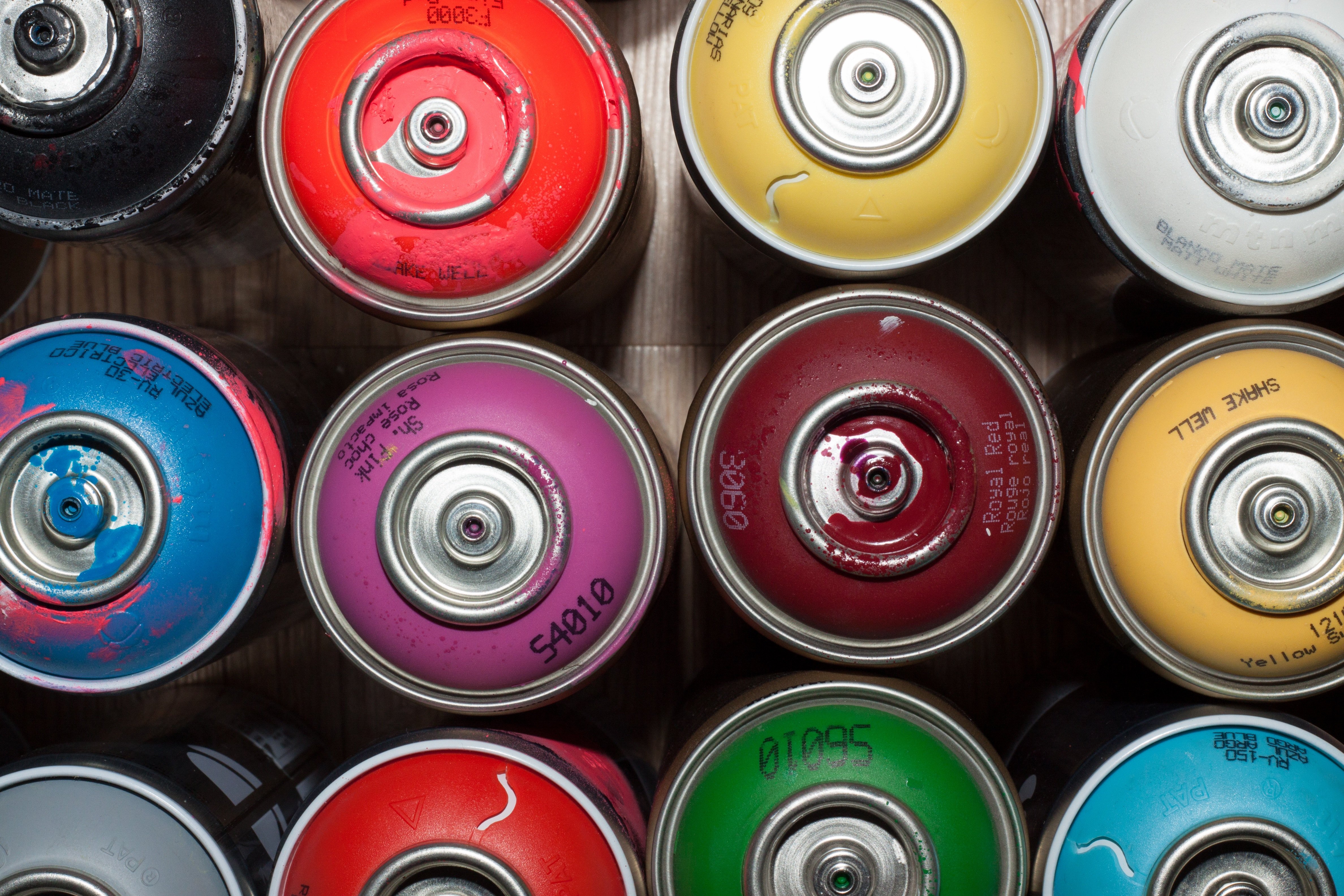Newsletter
Because carbon dioxide has no color or smell, it often goes unnoticed in your home. Even though you don’t see it doesn’t mean that it can’t hurt you. While scientists used to think that CO2 was harmless until it reached really high concentrations (which are unrealistic outside of industrial situations), new research indicates that this is not the case. Exposure to too much carbon dioxide (above 1000 ppm) can have adverse effects on both your brain and sleep.

Impacts on Your Brain
CO2 can impair how well you think. Depending on the severity of the CO2 concentrations, your symptoms can range from a slight headache and a lack of focus to dizziness and slowed cognitive functioning. Office workers, people who work at home, and children who go to school are especially at risk of exposure to CO2 levels greater than even 2500 ppm (way above the recommended <1000 ppm). With a CO2 monitor, you will know when CO2 levels are high enough to harm you and take action to prevent these effects.
Impacts on Your Sleep
In a closed bedroom, CO2 levels can increase rapidly. This buildup can affect you more than you would think and in many ways. Breathing in elevated levels of CO2 when you sleep has been linked to discomfort while sleeping, poor sleep quality, and reduced cognitive performance in the morning. Without a CO2 monitor, you may not know how bad the carbon dioxide gets in your room while you sleep.

CO2 makes the room feel stuffy, which is uncomfortable for sleeping
Monitoring CO2 Tells You About Other Indoor Pollutants
Sick Building Syndrome, or SBS, is a set of symptoms with no known cause closely related to time spent in poorly ventilated buildings. Some of the most common factors for SBS are VOCs, or volatile organic compounds. These substances, released by common household items such as carpet and paint, can irritate your eyes, nose, and throat, give you a headache, damage your organs, and potentially cause cancer.
Like carbon dioxide, one of the best ways to reduce the impact of VOCs is through proper ventilation. As a result, CO2 and VOCs have similar patterns of concentration. In other words, if CO2 is high, VOCs are usually high as well.
Because of this relationship, monitoring CO2 will also vicariously inform you about the level of VOCs in the room. In keeping both of these substances reduced, you can keep your air healthier and avoid experiencing SBS.

Substances like paint can release VOCs into your home
CO2 Levels Show if Your HVAC System Is Enough
The best way to deal with CO2 is to ventilate it. Because of the close relationship between carbon dioxide levels and the outdoor air flow, CO2 is often used as an "indicator of ventilation."
If your HVAC system is on, but your CO2 levels are still high, then either the flow rate needs to be increased, or the system is working inefficiently. If this is the case, seeing a repairman to get your HVAC system fixed will help improve circulation in your home and potentially save you on your energy bill.
Monitoring carbon dioxide is very important for maintaining the well-being of you and your family. For more CO2 information, feel free to check out our complete guide to carbon dioxide below:
Kaiterra provides air quality monitors and an IAQ analytics dashboard for healthy buildings and offices, helping workplace leaders and healthy building pioneers assess and improve their indoor air quality. Our indoor air quality monitors like the Sensedge and the Sensedge Mini can be found in many of the world’s most iconic buildings and workplaces, such as the Empire State Building and the Burj Khalifa.






.png?width=200&height=148&name=Menu%20C%20(2).png)

.png?width=307&height=228&name=Menu%20-%20D%20(1).png)
.png)





